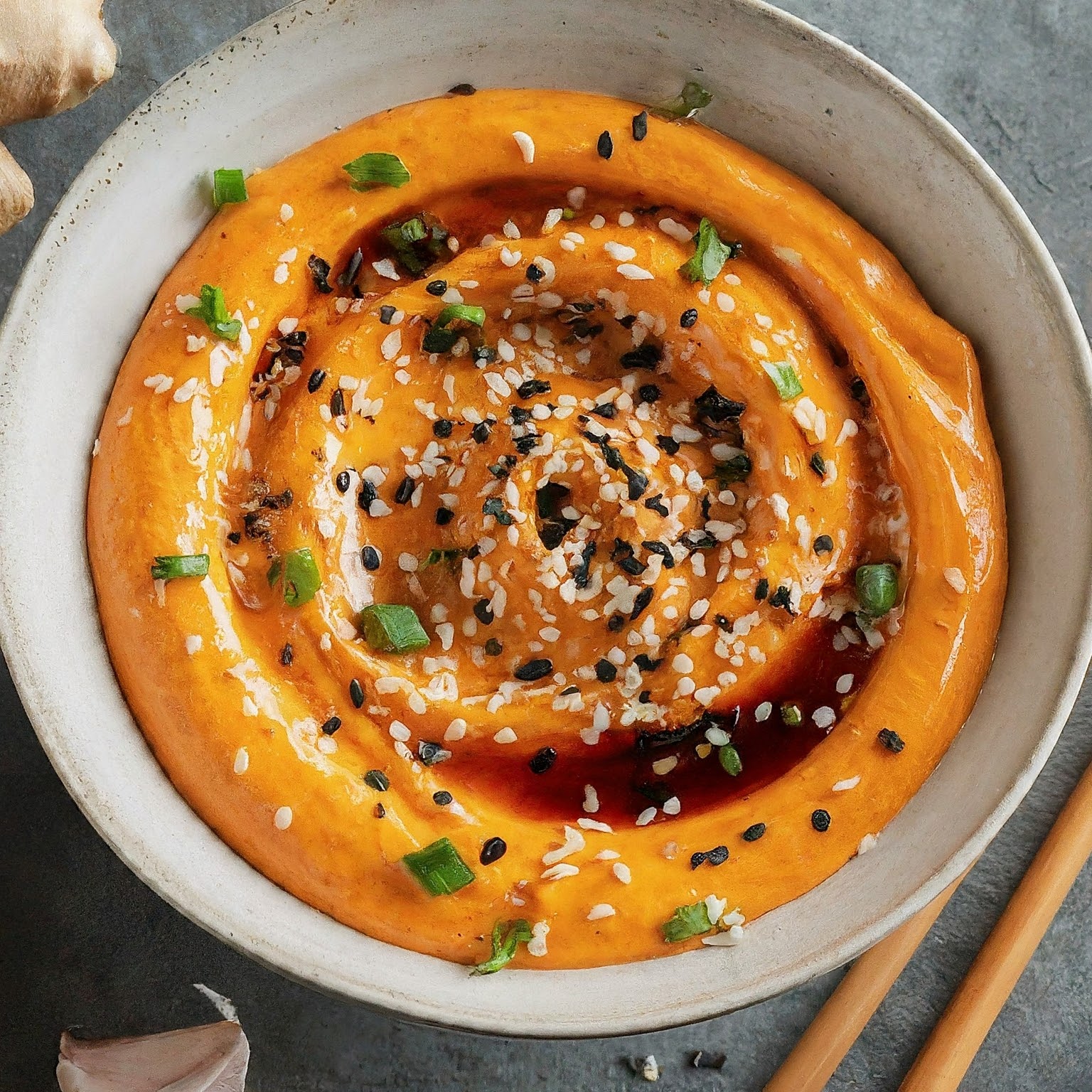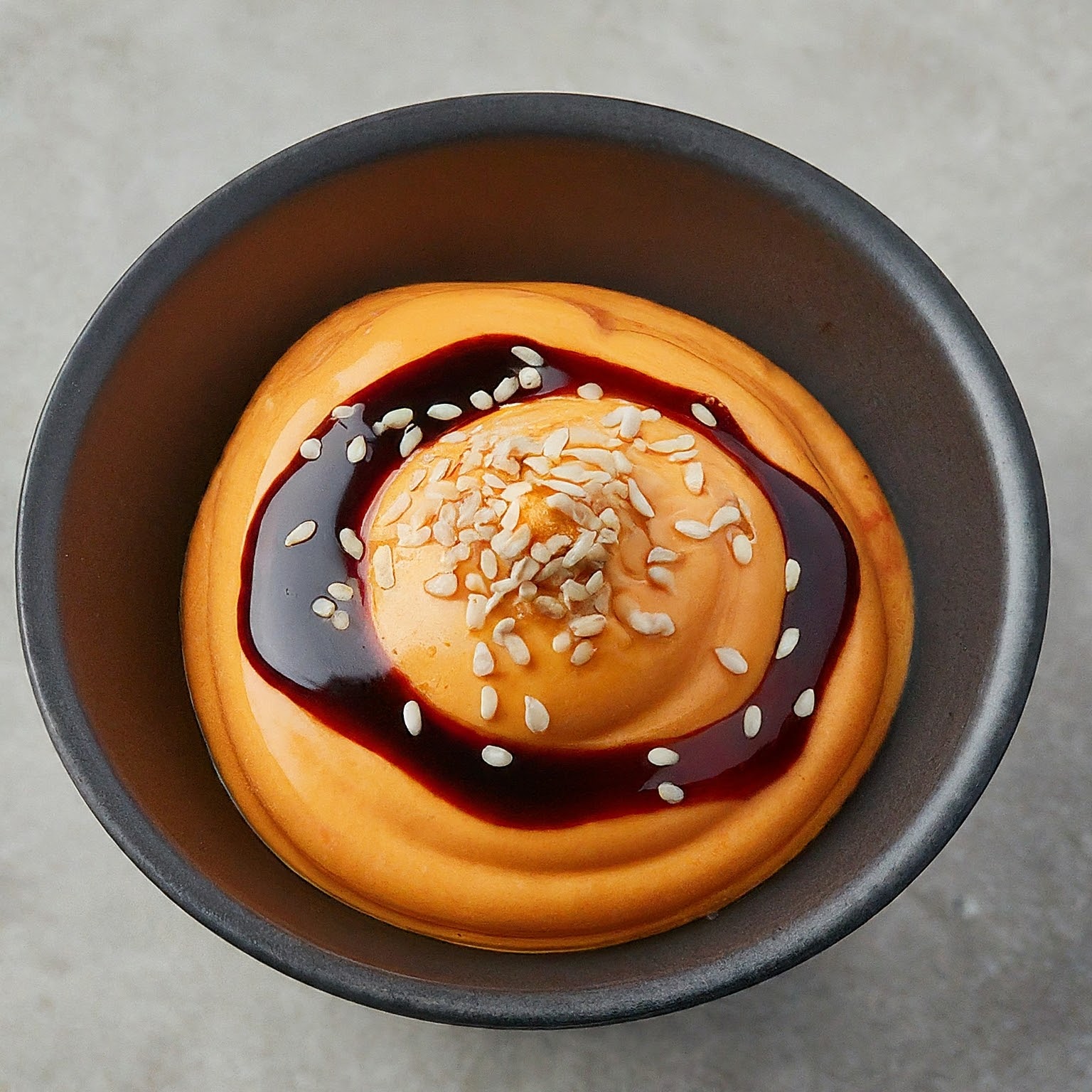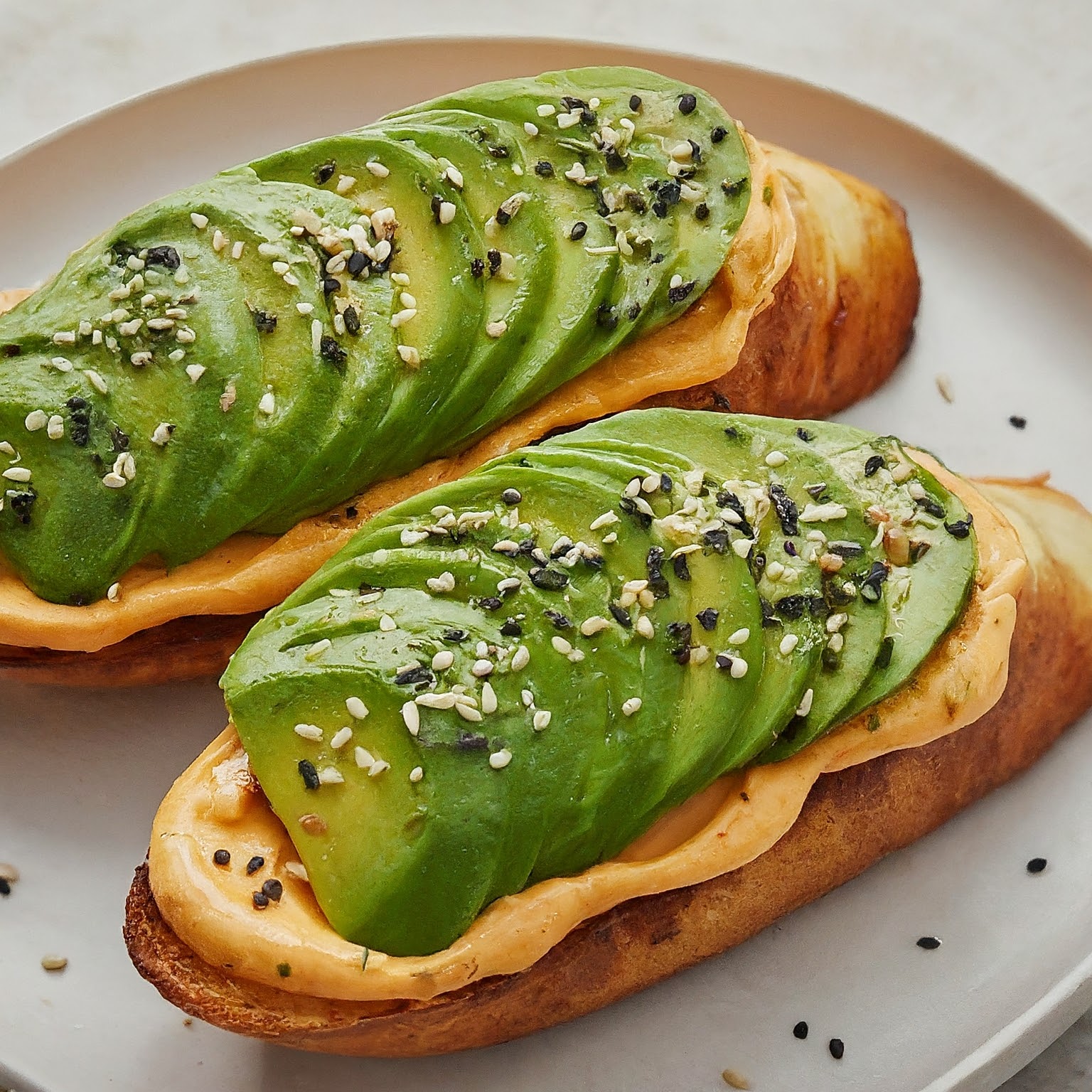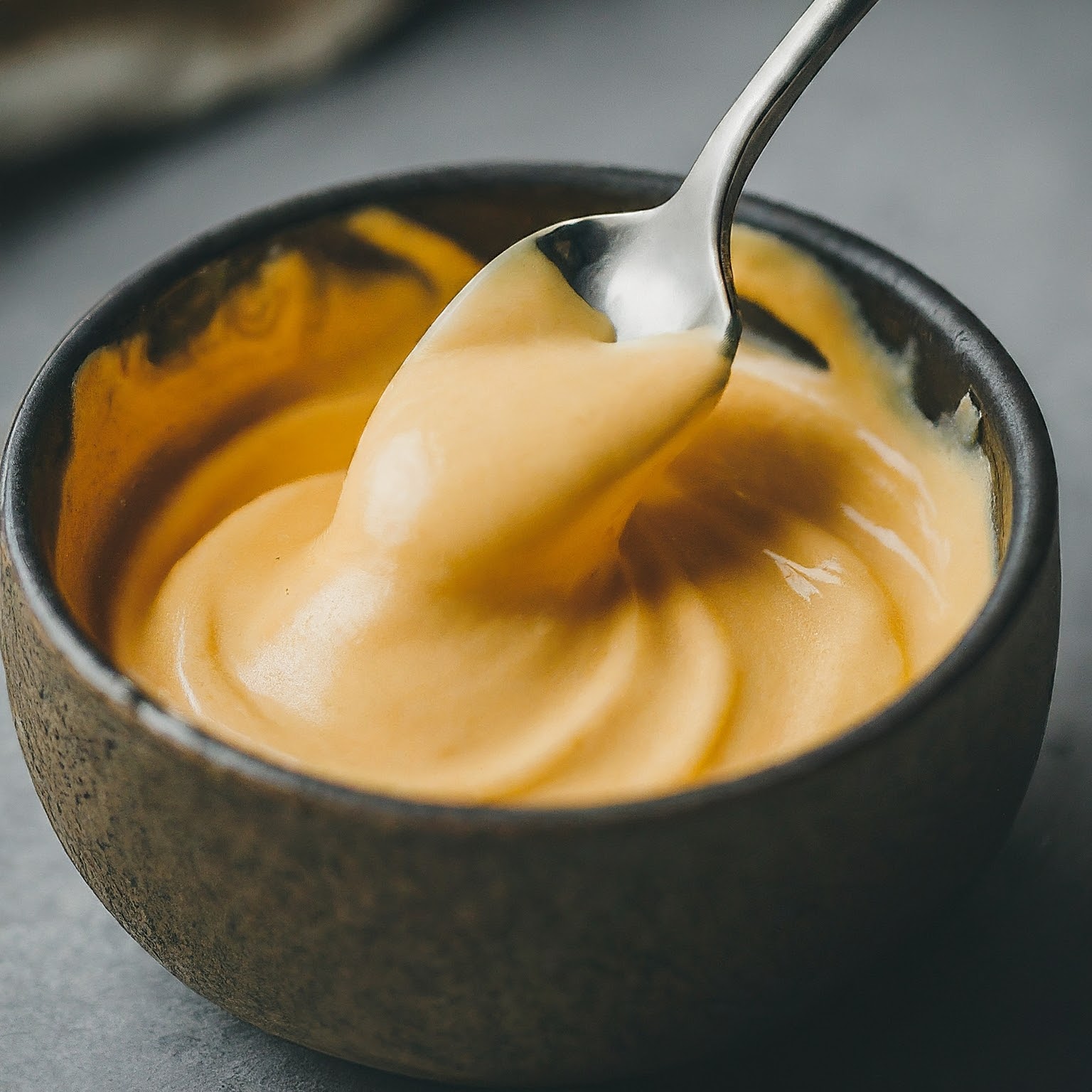Mayonnaise is a favorite condiment in the region, known for its creaminess and ease of use in endless dishes. This unique twist on classic mayo adds Korean flavor to create a bitter, intensely spicy, delicious sauce that can elevate your sandwiches, salads, and dipping sauces to new heights. In this article, we will walk you through the steps to make it at home with tips on ways to use Korean mayo and which suits your taste.

Korean Mayo Recipe: A Flavorful Twist on a Classic Condiment
Mayonnaise is a favorite condiment in the region, known for its creaminess and ease of use in endless dishes. This unique twist on classic mayo adds Korean flavor to create a bitter, intensely spicy, delicious sauce that can elevate your sandwiches, salads, and dipping sauces to new heights. In this article, we will walk you through the steps to make it at home with tips on ways to use Korean mayo and which suits your taste.

Ingredients
Making Korean mayo will require special ingredients that bring the depth and complexity of traditional mayonnaise. What you will need is provided below:
| Ingredient | Quantity |
|---|---|
| Mayonnaise | 1 cup |
| Gochujang | 1 tablespoon |
| Soy Sauce | 1 tablespoon |
| Rice Vinegar | 1 tablespoon |
| Sesame Seeds | 1 tablespoon |
| Honey | 1 tablespoon |
| Garlic, minced | 1 clove |
| Ginger, grated | 1 tablespoon |
| Toasted Sesame Seeds | 1 tablespoon |
| Green Onion, finely chopped | 1 green onion |
Instructions

STEP I
Prepare the base
Start with a cup of mayonnaise as a base. You can use keep-offered mayo for comfort or make your own for a more refreshing taste. To make homemade mayo you will need the following:
- 1 large mashed potatoes
- 1 tablespoon Dijon mustard
- 1 tablespoon lemon juice
- 1 cup of vegetable oil
- Salt to flavor
In a bowl whisk collectively the egg yolk, mustard, and lemon juice. Slowly drizzle in the oil at the same time as whisking constantly till the aggregate thickens and emulsifies—season with salt to flavor.
STEP II:
Add Korean flavor
Add the gochujang, soy sauce, rice vinegar, sesame oil, honey, mint garlic, and ground ginger to the mayonnaise base and these ingredients will combine the unique Korean flavors of mayo with the spice from the gochujang, the umami from the soy sauce, the sharpness from the rice vinegar and the nuttiness from the sesame oil.
STEP III:
Mix well together
Mix all ingredients together with a whisk or spatula until well blended and the mayo is clean and uniform. Make positive there are no gochujang or clumps of garlic.
STEP IV:
Add Texture
Stir in the toasted sesame seeds and finely chopped green onions. These will give the mayo a bit more flavor and texture as well as making it more interesting.
STEP V:
Make adjustments as you wish
Taste the Korean mayo and adjust the seasoning if necessary. You can add extra gochu jung for extra heat, more honey for sweetness, or extra vinegar for tartness. The key is to balance the flavors to your liking.
STEP VI
Usage of Korean mayo
Korean mayo is extremely flexible and can be used in a variety of dishes. Below given are a few ideas:
STEP VII
A spread sandwich
Use Korean mayo on sandwiches and burgers as a side dish and it adds a spicy, tangy kick that pairs well with meat, vegetables, and even vegan options.
STEP VIII
Salad dressing
Mix Korean mayo with a tablespoon or more of water and rice vinegar to make a creamy and delicious dressing for salad. It works especially well with slaws, mixed vegetables, and noodle salads.
STEP IX
Dip the Sauce
Serve Korean mayo as a dipping sauce for fries, fowl wings, shrimp, or vegetables. It is an amazing opportunity to standard dips and provides a surprising twist to your preferred snacks.
STEP X
Topping for Rice Bowls
Drizzle Korean mayo over rice bowls, bibimbap, or poke bowls for a further layer of taste. It enhances the other elements and brings the complete dish together.
STEP XI
Marinade and Basting Sauce
Use Korean mayo as a marinade for meats earlier than grilling or roasting. The mayo facilitates to tenderizing the beef and the Korean flavors beautify the overall taste. It can also be used as a basting sauce whilst cooking.

If you’re a fan of unique, flavorful sauces, you’ll love trying out my Korean Mayo recipe. For another bold and tasty option, don’t miss out on Groucho’s 45 Sauce – a classic, tangy sauce that pairs perfectly with sandwiches, fries, and more. Check it out here and elevate your meals with these delicious sauces!
FAQs
Q: What is Korean Mayo?
A: Korean Mayo is a creamy and flavorful condiment made by combining traditional mayonnaise with Korean ingredients like gochujang, soy sauce, rice vinegar, and sesame seeds.
Q: Can I use store-bought mayonnaise for this recipe?
A: Yes! You can use either store-bought or homemade mayonnaise as the base for this recipe.
Q: What is Gochujang, and can I substitute it?
A: Gochujang is a Korean red chili paste made from fermented soybeans, rice, and red chili powder. It adds both heat and umami to the sauce. If you don’t have gochujang, you can substitute it with sriracha, though the flavor will be slightly different.
Q: How spicy is Korean Mayo?
A: The spiciness level depends on how much gochujang or chili paste you use. You can adjust the heat by adding more or less, depending on your preference.
Q: How long can I store Korean Mayo?
A: Store Korean Mayo in an airtight container in the refrigerator for up to 1 week.
Q: Can I make this recipe vegan?
A: Yes, to make this recipe vegan, use vegan mayonnaise and replace honey with a plant-based sweetener like maple syrup or agave nectar.
Q: What dishes can I pair with Korean Mayo?
A: Korean Mayo is great as a dipping sauce for fries, a spread on burgers or sandwiches, or a topping for rice bowls, tacos, or grilled meats.
Q: Can I use regular soy sauce or should it be low sodium?
A: Either regular or low-sodium soy sauce can be used in this recipe. If you’re concerned about salt content, opt for low-sodium soy sauce.
Q: Is it okay to skip the sesame seeds?
A: Yes, the sesame seeds add a nutty flavor, but if you don’t have them, you can skip or substitute them with crushed peanuts or other seeds.
Q: Can I prepare Korean Mayo in advance?
A: Yes, you can prepare it in advance and store it in the fridge. It may even taste better the next day as the flavors meld together.
